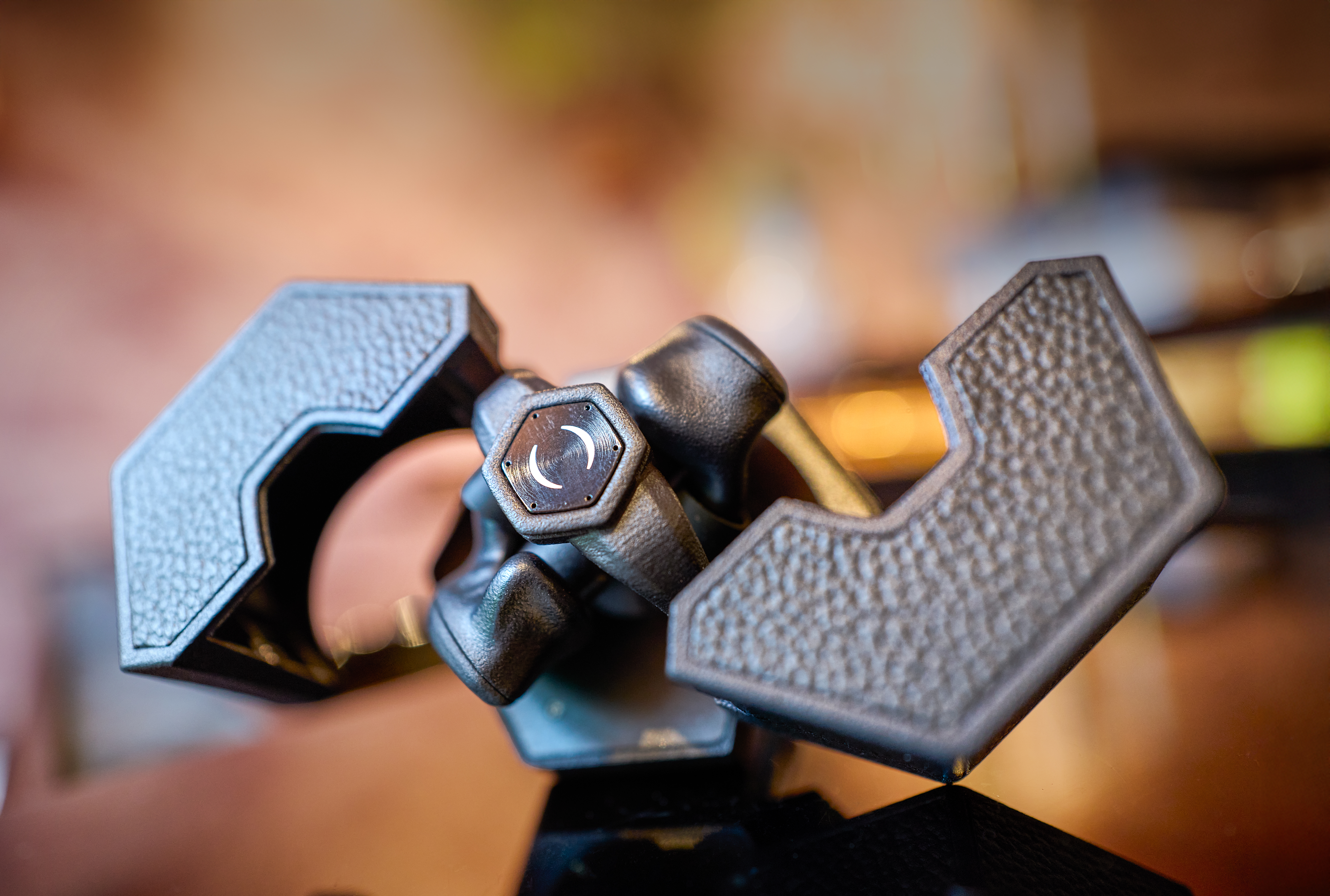Almost all MacBooks and iPads tipped to have OLED screens by 2027
Market predictions point to Apple going big on OLED

New reports suggest Apple will switch to OLED displays for almost all of its laptops, tablets and monitors by 2027.
Data firm Omida (via OLED Info) predicts OLED as a technology will go from strength to strength in the coming years, forecasting that shipments of OLED devices will rise to over 70 million by 2028.
These bold claims are based on the company’s prediction that Apple is about to majorly embrace OLED as its screen tech of choice. While devices like the latest iPhone 14 series have OLED screens, Apple's MacBook and iPads currently don't; though they do have mini-LED displays on some modes that offer displays that arguably compete with OLED panels.
That should change if the rumored MacBook Air OLED arrives in 2024 as many predict — which will likely be in the guise of a 13.6-inch model. That could then be followed by a MacBook Pro with OLED display that could launch in 2026.
iPad Pro models have been tipped to get OLED displays in 2024. Given Apple's iPhone OLED displays have impressed us, we'd expect the same for such iPads. But they have been rumored to have some eye-watering price tags that may range between $1,500 to $1,800.
OLED by example

Looking further ahead, Omida claims Apple will start using QD-OLED and/or traditional WOLED panels for its 32-inch and 42-inch iMac models. In case you’re not up to speed on your techy anagrams, QD-OLED is short for ‘Quantum Dot OLED’.
By using a quantum dot layer, manufacturers are able to significantly boost screen brightness over traditional OLED displays, and we’re already seeing eye-searing results in the TV market with the brilliant Samsung S95C QD-OLED.
Get instant access to breaking news, the hottest reviews, great deals and helpful tips.
Omida’s boldest prediction? Apple will almost entirely phase out LCD and mini-LED displays from its mobile devices by 2026.
That’s especially bold when you consider Omida’s own market research shows current OLED penetration in the laptop and tablet market is just 2%. Although admittedly, it expects a significantly healthier 14% penetration by 2028 if Apple gets firmly behind OLED production for its mobile devices.
Market research shows current OLED penetration in the laptop and tablet market is just 2%.
As someone who owns the 2021 model 12-inch iPad Pro — the first Apple tablet to use mini-LED — my body is beyond ready for an iPad Pro with an OLED screen. As a technology journalist and display tech follower, I’m obsessed with OLED. I have <checks notes> at least five OLED devices in my home because I’m so besotted by the infinite blacks these screens serve up.
While I’m still impressed by my iPad Pro’s mini-LED screen, it does suffer from ‘haloing’ in darker scenes — in essence, shadowy areas can be illuminated by a light glow when they shouldn’t be. Mini-LED displays are goods, they’re just not OLED good.
As an OLED obsessive that rumored upcoming MacBook Air and its hopefully glorious OLED screen can't get here soon enough to decimate my bank balance.
In the meantime, if you want a laptop with a great OLED display, then check out our Samsung Galaxy Book 3 Ultra review.
More from Tom's Guide
- I didn’t fear burn-in on my OLED gaming monitor — until I got burned
- The best laptops in 2023 — tested and rated
- The Apple M3 Chip could make the new MacBook Air a must-buy

Dave is a computing editor at Tom’s Guide and covers everything from cutting edge laptops to ultrawide monitors. When he’s not worrying about dead pixels, Dave enjoys regularly rebuilding his PC for absolutely no reason at all. In a previous life, he worked as a video game journalist for 15 years, with bylines across GamesRadar+, PC Gamer and TechRadar. Despite owning a graphics card that costs roughly the same as your average used car, he still enjoys gaming on the go and is regularly glued to his Switch. Away from tech, most of Dave’s time is taken up by walking his husky, buying new TVs at an embarrassing rate and obsessing over his beloved Arsenal.
